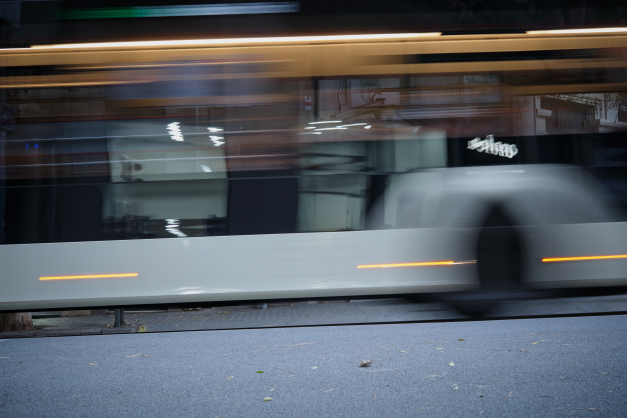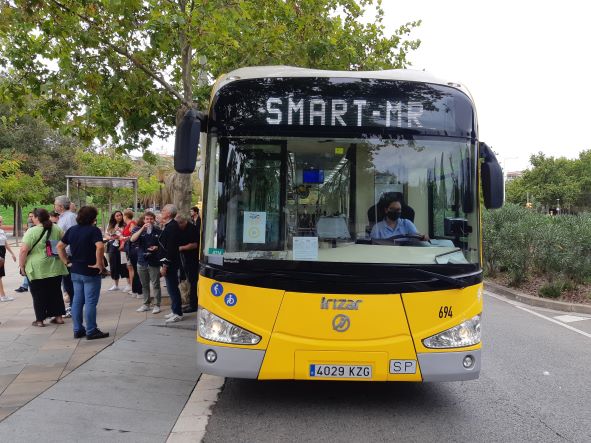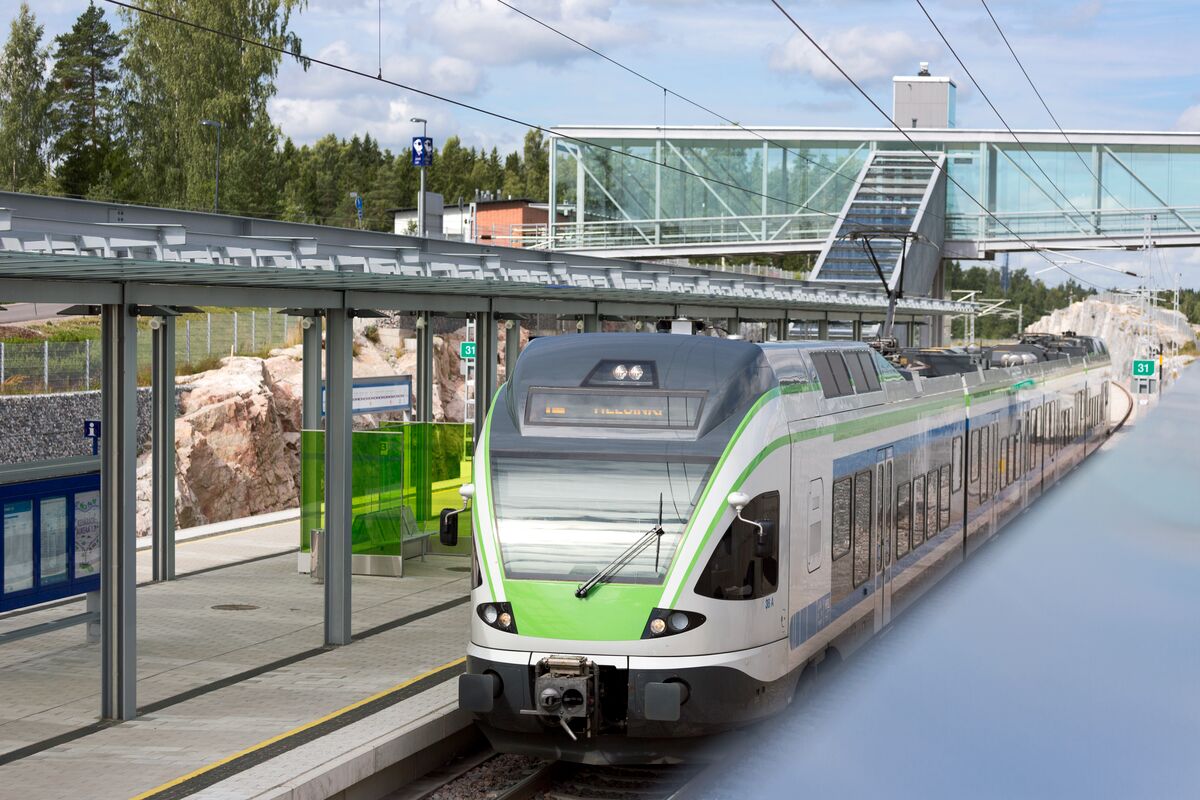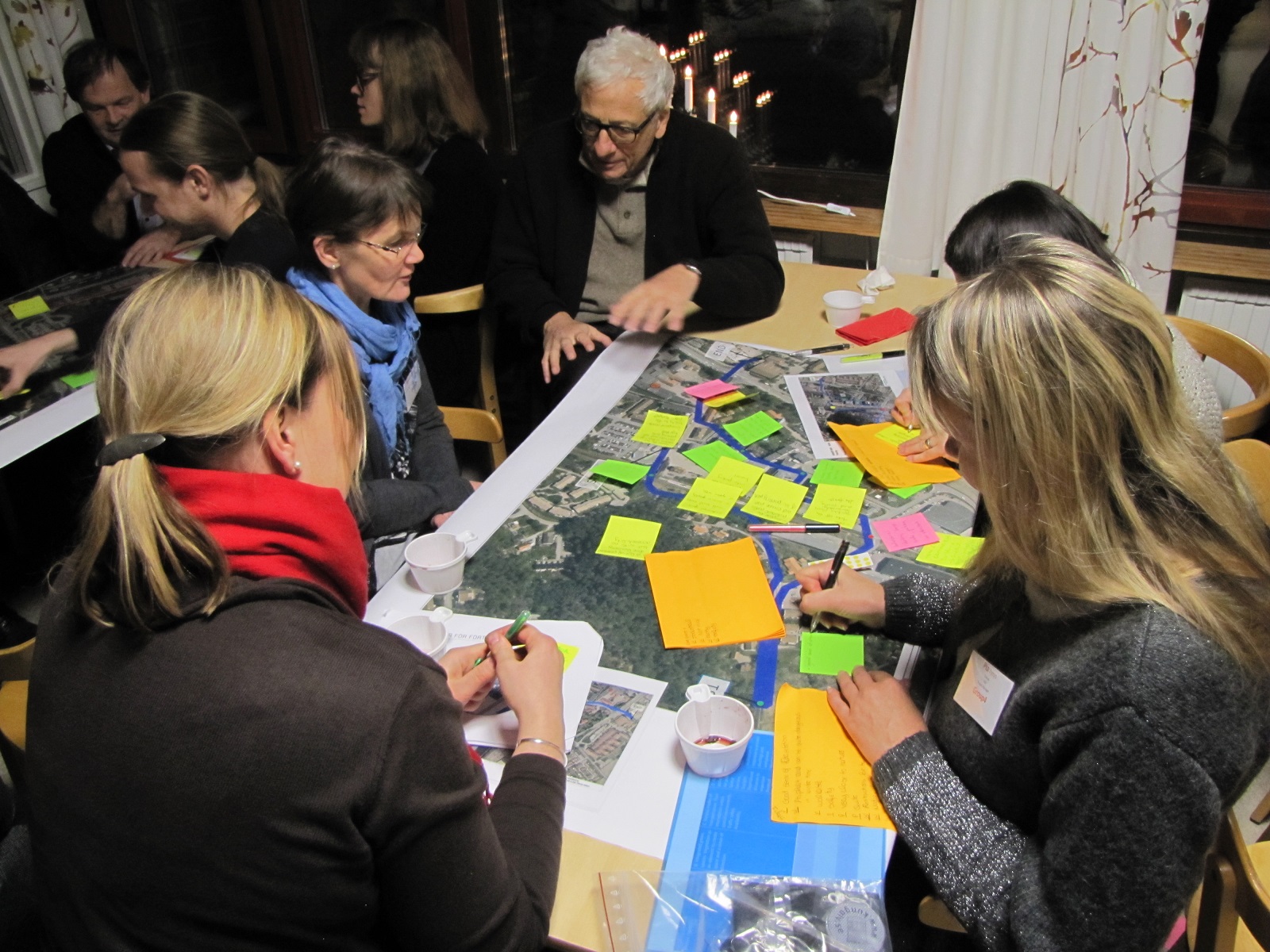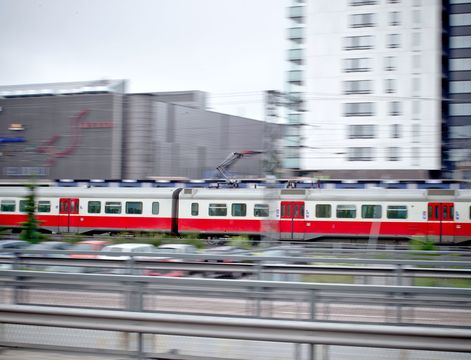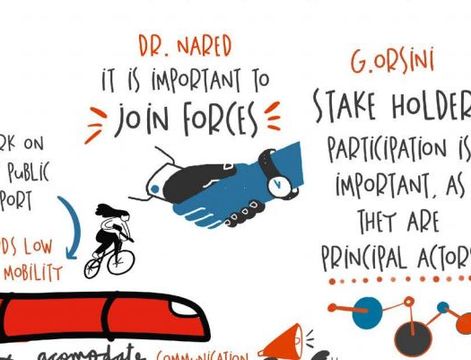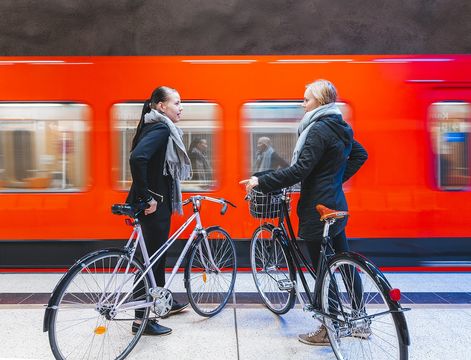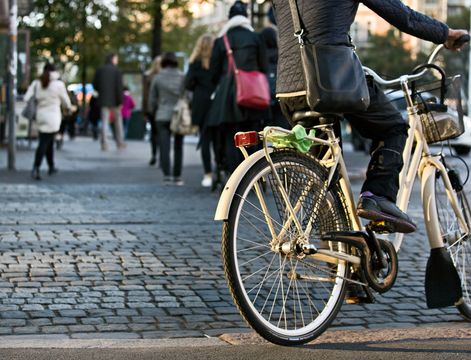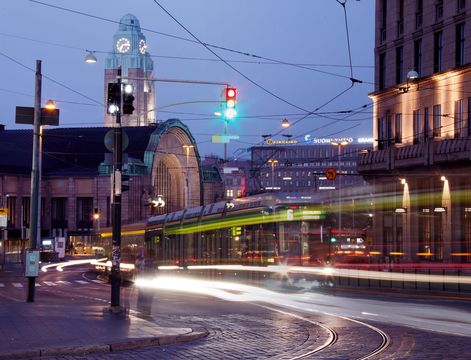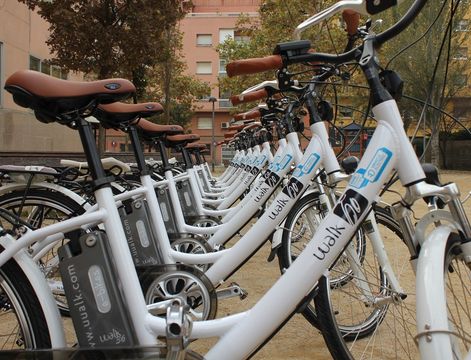Mobility planning does strongly depend on land use planning and settlement. To achieve sustainable development at the regional level, that would decrease the need for private car, a settlement must be linked to existing public transport corridors. The SMART-MR addressed the development of urban station communities as an example of densification of settlement and services in the urban station areas.
By using the case of Ytterby, The Göteborg Region Association of Local Authorities developed a densification study, that has supplemented the Transit-Oriented Development concept (TOD) with sustainable density principle, as proposed by the UN-Habitat. The methodology thus addresses mobility and land use of particular area, and by combining them it presents station areas as nodes in a polycentric spatial development structure. In addition to this, station areas are not just densified, but they should be developed in a way they would provide the maximum liveability possible. Thus, not only sustainable modes of transport and sustainable density should be respected, but – taking into consideration the climate change mitigation and adaptation – also the principles of low-carbon urban development.
In this regard, The Göteborg Region Association of Local Authorities developed a Liveability-Oriented Area Development (LOAD) concept, that addresses liveability of urban station areas and Helsinki Region Environmental Services Authority the Low-Carbon District (LCD) concept, that is focused on four main areas (land use, housing and living, business and services, mobility), and addresses them through four main aspects (climate change mitigation, resilience, circular economy, and social sustainability and health. As additional activity in the project, the concepts will be further developed and interconnected in the form of guidelines. All the steps will be piloted in Slovenia, which enables to fine-tune the guidelines and ensure their replicability in other regions.


